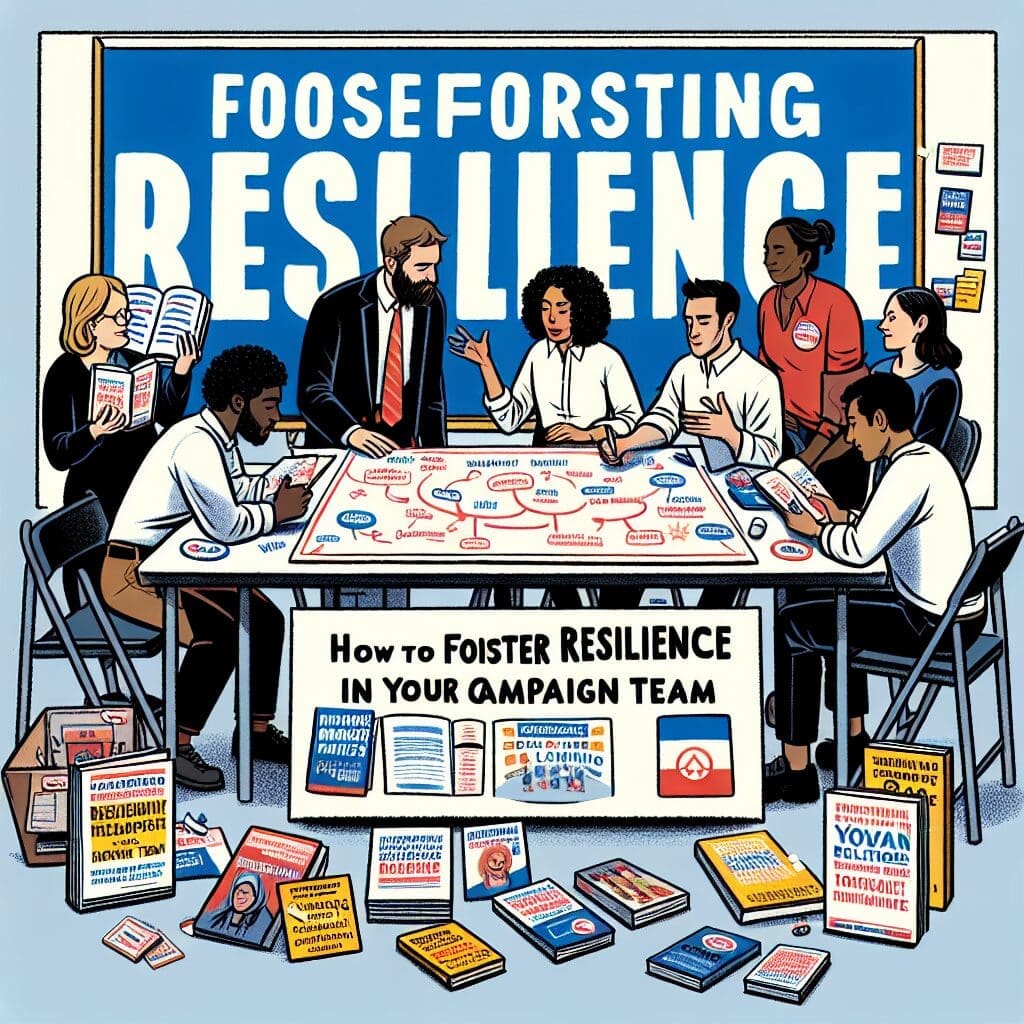Ensuring digital inclusivity stands as a pivotal goal in the design and development of government websites. As the digital frontier expands, the significance of creating websites that are accessible to all, irrespective of their abilities or disabilities, becomes paramount. This is where the concept of municipal website design takes on a central role. By focusing on user-friendly interfaces, navigable layouts, and inclusive content, local governments can foster an environment where all citizens are empowered to engage with their services efficiently.
Understanding Digital Inclusivity in Municipal Website Design
Digital inclusivity in municipal website design is not merely about adhering to accessibility standards. It’s about crafting experiences that enable every user to access information, complete tasks, and engage with civic resources with ease. Key elements include clear, easy-to-read fonts, alt text for images, video subtitles, and straightforward navigation paths that assist individuals with a range of disabilities. Taking these factors into account during the design process ensures that government websites serve their entire community effectively. The role of design in promoting digital inclusivity transcends the technical realm, impacting how citizens relate to their local government. For local governments unsure of where to begin, solutions such as those offered by SnapSite can pave the way to creating more inclusive digital landscapes.
Design Principles for Enhanced Accessibility
Design principles for enhancing accessibility in government websites revolve around understanding and implementing the Web Content Accessibility Guidelines (WCAG). These guidelines offer a framework for designing digital content that is accessible to people with a wide array of disabilities. From color contrast ratios that aid those with visual impairments to keyboard navigation for individuals who cannot use a mouse, these principles lay the groundwork for inclusivity. Furthermore, responsive design ensures that government websites are equally usable on a variety of devices, including smartphones and tablets, essential in today’s mobile-first world. Leveraging design solutions from platforms like MyCityGov can help local governments meet these essential accessibility standards.
The Role of Continuous Testing and Feedback
Building an inclusive government website is an ongoing process that requires continuous testing and feedback. This involves conducting regular accessibility audits, gathering input from users with disabilities, and staying abreast of evolving accessibility standards and technologies. Such practices ensure that websites not only meet the minimum legal requirements for accessibility but also provide a superior user experience for all visitors. Engaging with experts in municipal website design can offer local governments the insights and support needed to implement these practices effectively. Service providers like SnapSite specialize in creating government websites that prioritize inclusivity from the outset, continually adapting to meet the needs of their diverse user base.
Leveraging Technology for Inclusive Communication
In addition to website design, leveraging technology plays a crucial role in fostering inclusive communication. This includes the use of accessible digital forms, interactive tools that assist in navigating civic services, and platforms that facilitate two-way communication between citizens and their local government. By integrating these technologies, local governments can significantly enhance the accessibility and user-friendliness of their websites. Solutions from SnapSite and MyCityGov reflect this commitment to utilizing innovative tools to break down barriers and ensure that all citizens can actively participate in their community’s digital space.
Conclusion: Embracing Diversity and Inclusion in Digital Government
The journey toward digital inclusivity in government websites is an ongoing endeavor that demands attention, dedication, and a willingness to embrace diversity and inclusion at every level of digital government. By prioritizing accessible design, engaging with users, and leveraging the right technologies, local governments can create digital experiences that welcome all citizens. Solutions provided by SnapSite and MyCityGov demonstrate the feasibility of building engaging, inclusive government websites that serve as models of digital inclusivity. In doing so, they not only comply with legal standards but also foster a culture of inclusivity that reinforces the values of the communities they serve.




